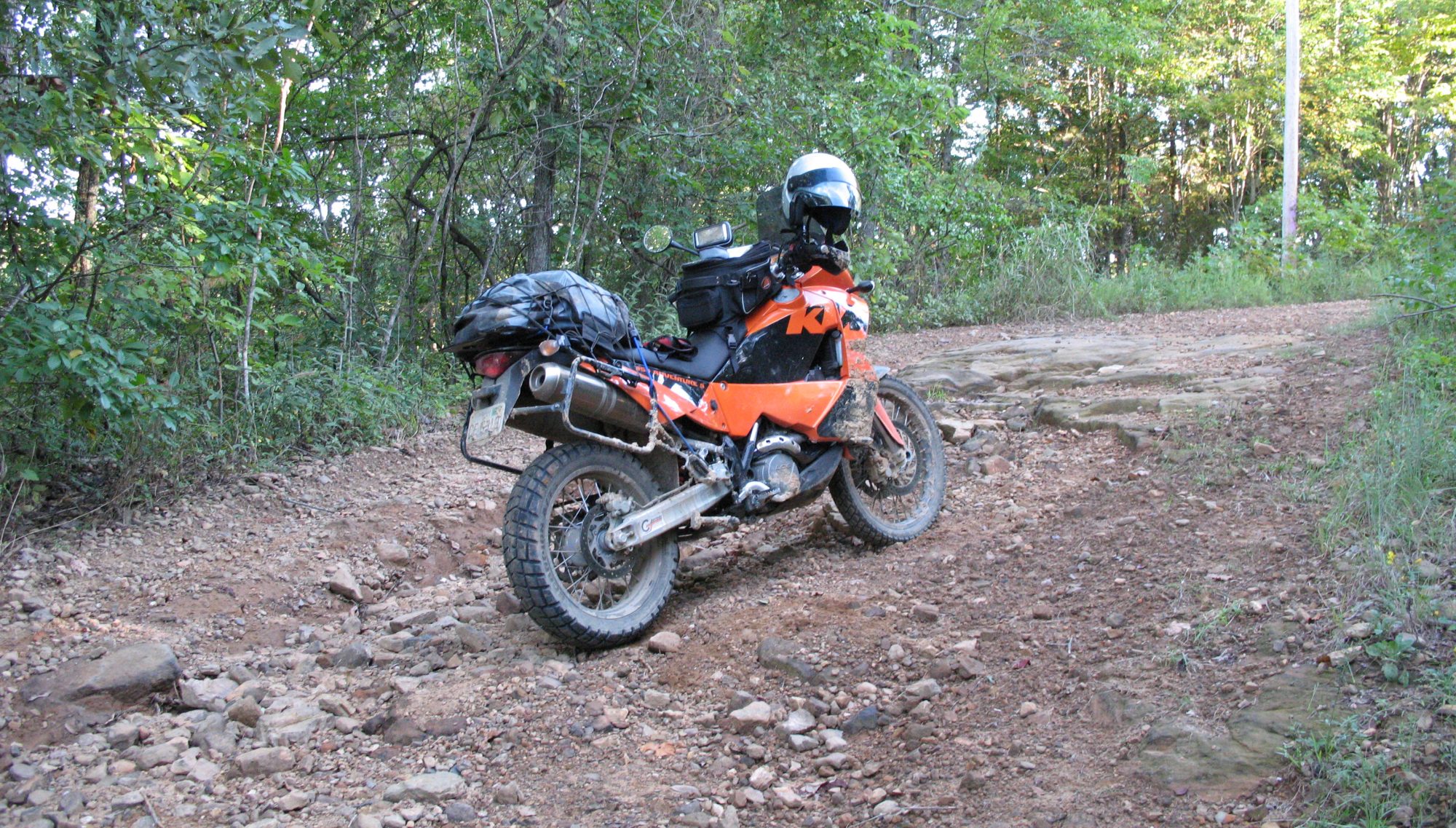OK, we’re finally back to a rolling chassis, or something pretty close to that. But the front wheel needs new bearings, seals, and axle spacers and the forks need Racetech valves, new springs, and new fluid. Luckily, my good friend Mark is up for the messy job of rebuilding the forks. Actually, it was Mark that made a mess by squirting fork oil on the ceiling of the garage. He’ll deny it but it’s still true.
Removing the front wheel and caliper is a few minutes work, and the forks are off a few minutes after that. Disassembly is almost always easier and quicker than reassembly – in my experience anyway. So we remove the circlips and the fork cap (not threaded on these forks) and pour out what fluid we can. The spacer and spring come out, along with a washer or two. The other fork was left assembled so that we would have a guide if our memory turned out to be faulty, or if our memory was so feeble that we couldn’t remember if it was faulty. Anyway, the piece of tubing supplied with the Racetech springs was not long enough to make spacers for both forks, so off to the hardware store we went. A piece of 1″ PVC tubing fits inside the forks, so that’s what I decided to use. I had to use my impact wrench to remove the bottom screw on the fork and finish the disassembly. While the forks are apart I replaced the bushings and guides.
We drilled the required holes in the tubing, cleaned the fork parts thoroughly, and began reassembly. About 10 minutes later, we had the fork reassembled and were ready to cut the spacer. From the top of the tube (while extended) to the bottom of the installed fork cap was about an inch of preload. We poured in 610ml of 10-wt Honda fork fluid. I left the spacer extending about 3/8″ out of the tube for 1 3/8″ of preload. The extra preload made it a booger to get the fork caps reinstalled but we got it done. The second fork was fairly simple having just seen the necessary steps. There was barely enough fork fluid for both, but we got the full 610ml in the second fork as well.
I replaced the stem bearings while the forks were out, as they seem to have a nasty habit of failing at around 20k miles and my F650 has, well, about 20k miles. Better to work on it here in the garage with a full set of tools than on the side of the road in BFE. Using the freezer and a heat gun, the job was actually pretty simple and the special socket for the special nut was helpful. I’ll put a few miles on it and then recheck the nut for the proper torque.
Next, the ride.
